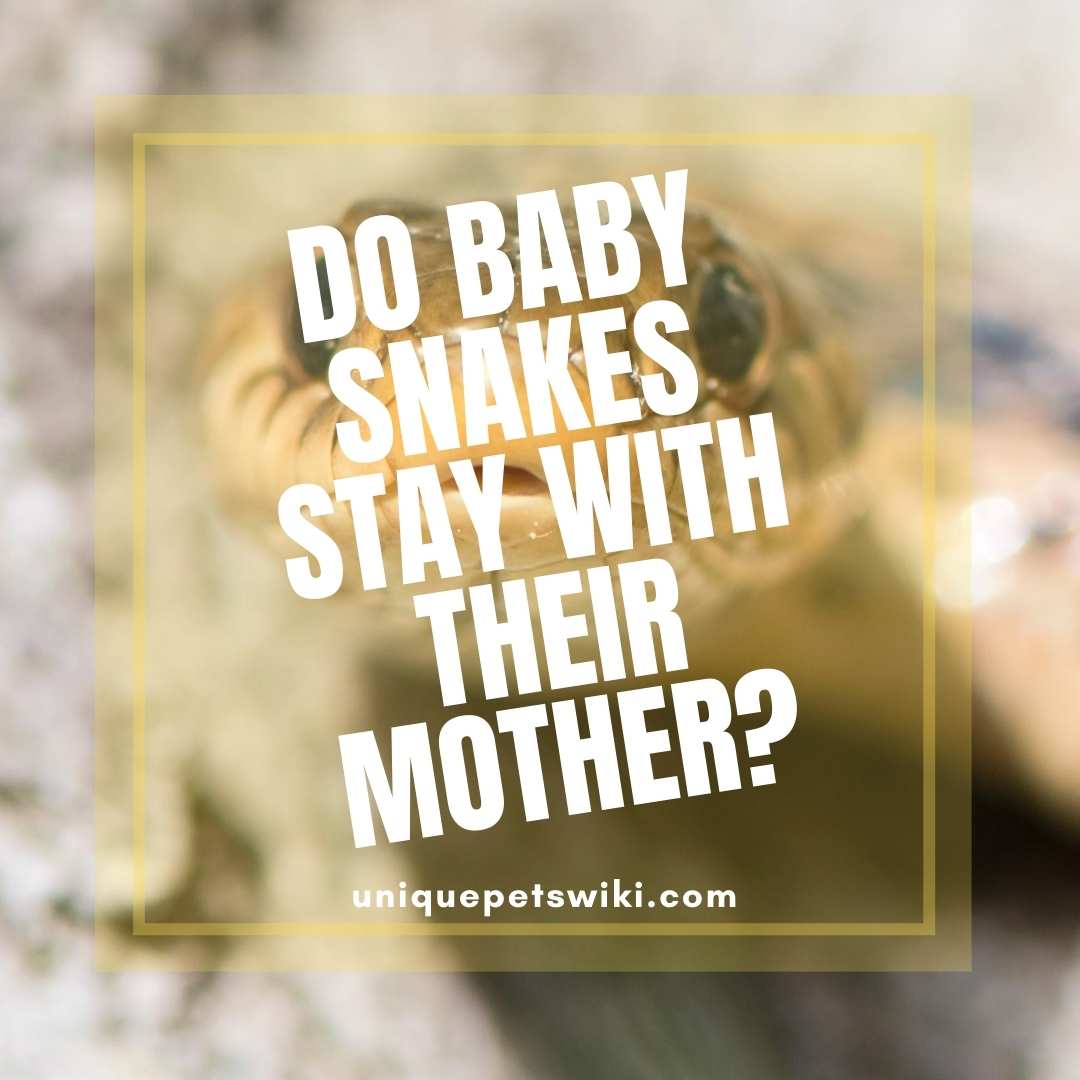Snakes are known to be Independent reptiles, and baby snakes are, of course, no expectation. When a mother snake mates, she wonders off after two mothers to look for a damp safe place to lay eggs. After she lays her eggs, she moves out and never sees them again.
Snakes have no parental guardian for their young. There is no snake species feed or care for them after they are born in general. In this article, we are going to learn how these baby snakes come to be and how they fend for themselves.
This article has been reviewed by Dr. Gospel. Read more about our knowledge control process here.
Contents
Types of Giving Birth to Snakes
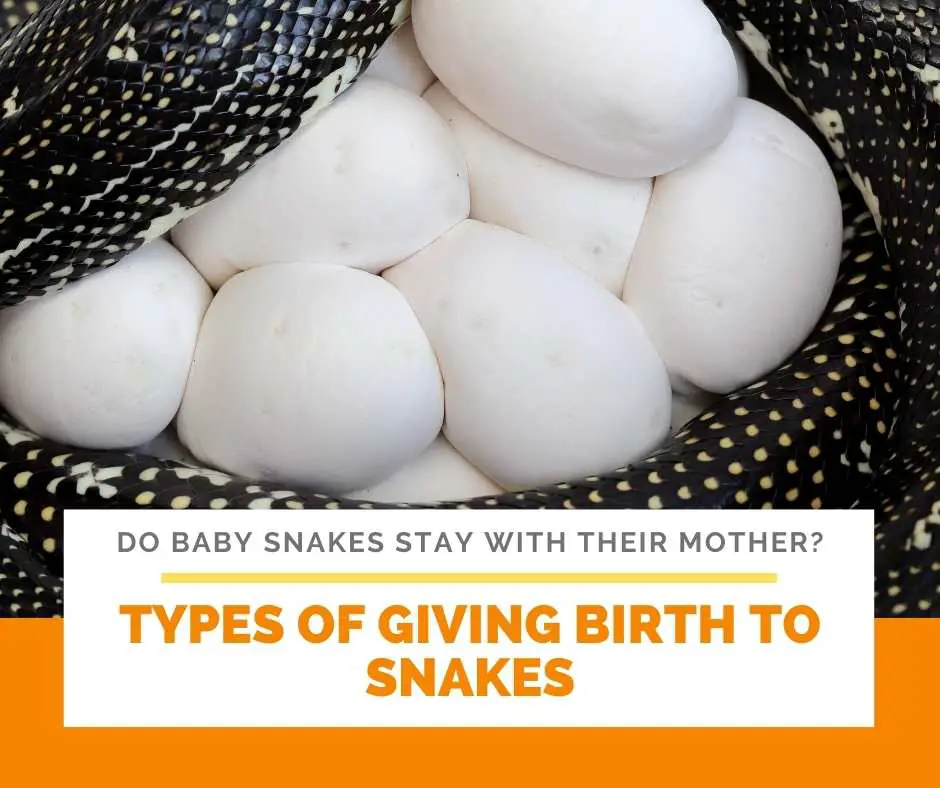
Baby snakes enter the world in various ways. The variety of these snakes determines these ways. It all starts when the female snake gets pregnant for the male of the same array.
Let’s see look at three main ways by which baby snakes are born;
Oviparous Snake Birth
Most of us think that all snake reproduction is oviparous – laying of eggs! So, this is how most snakes give birth to their babies. The eggs put in the clutch. The size of these snake eggs depends on the specie or size of the mother snake.
Mother snakes keep their developing eggs warm and free from predators. So, she finds a hidden and safe environment to lay her eggs. To ensure warmth for her clutch eggs, she sites wet vegetation, which can absorb water and oxygen through the eggshells as the embryo develops.
Most snake eggs are left right after they lay them. Baby snakes do not receive any attention or protection from the mother.
However, there are a few snakes’ species (pythons and cobras). They stay around their eggs to offer warmth and protection by coiling around them.
Viviparous Snake Birth
These are known as live-bearing snakes the snake species that give birth to their young lives. The mother snake nourishes and protects the baby insider her until it’s finally mature and born.
When these snakes are born, they have a thin membrane that seems like a bag. When the baby snake is mature and ready to explore, they make a unique movement.
It uses an egg tooth to tear off the membrane bad and wiggle out freely. Examples of these snakes are water snakes, boa constrictors, and pit vipers.
Ovoviviparous Snake Birth
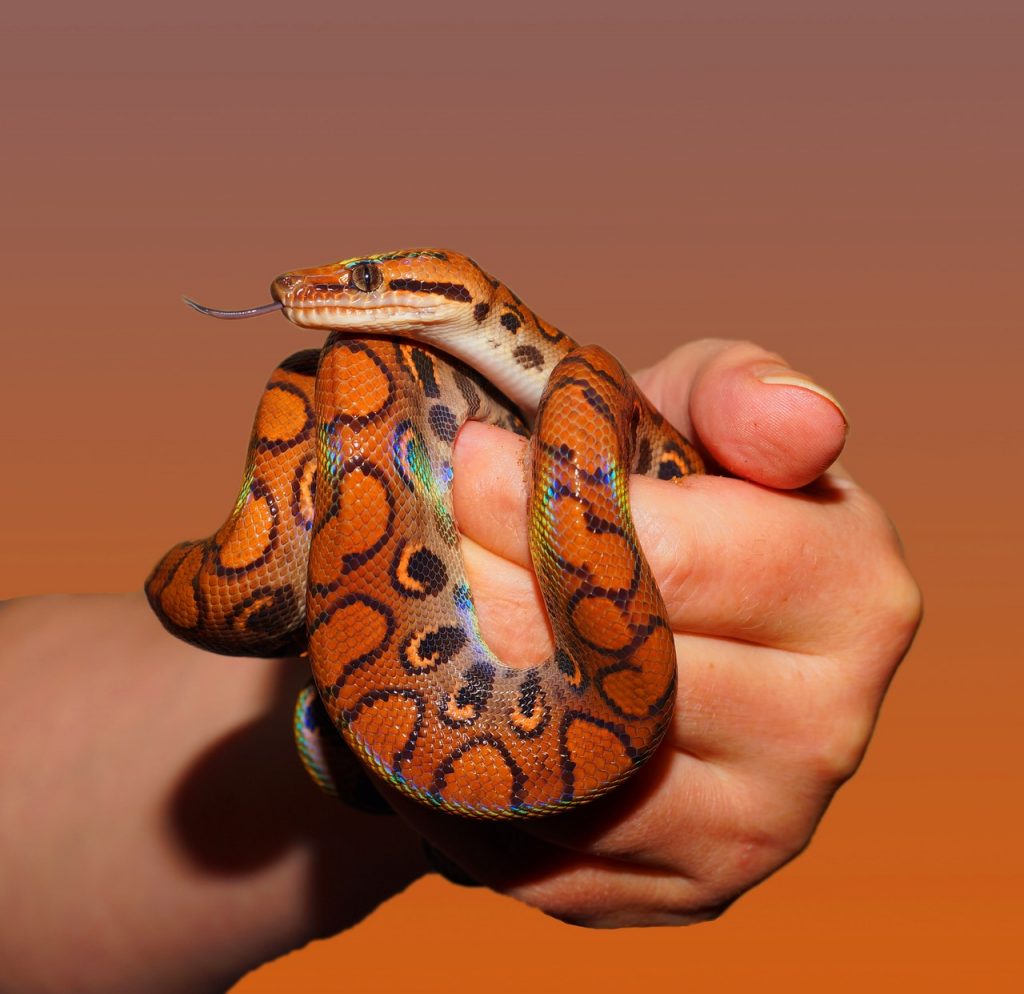
Ovoviviparous snake birth is a cross between the oviparous and viviparous methods of snake birth. The eggs are involved here, but the baby snakes don’t come out as hatchlings but live!
Some snake species have their eggs develop inside them. The mother snake does not nourish these eggs but only serves as a protective container for the eggs.
The mother snake incubates the eggs until they hatch. When these eggs hatch, they come out of the mother alive. An example is the Rattlesnake.
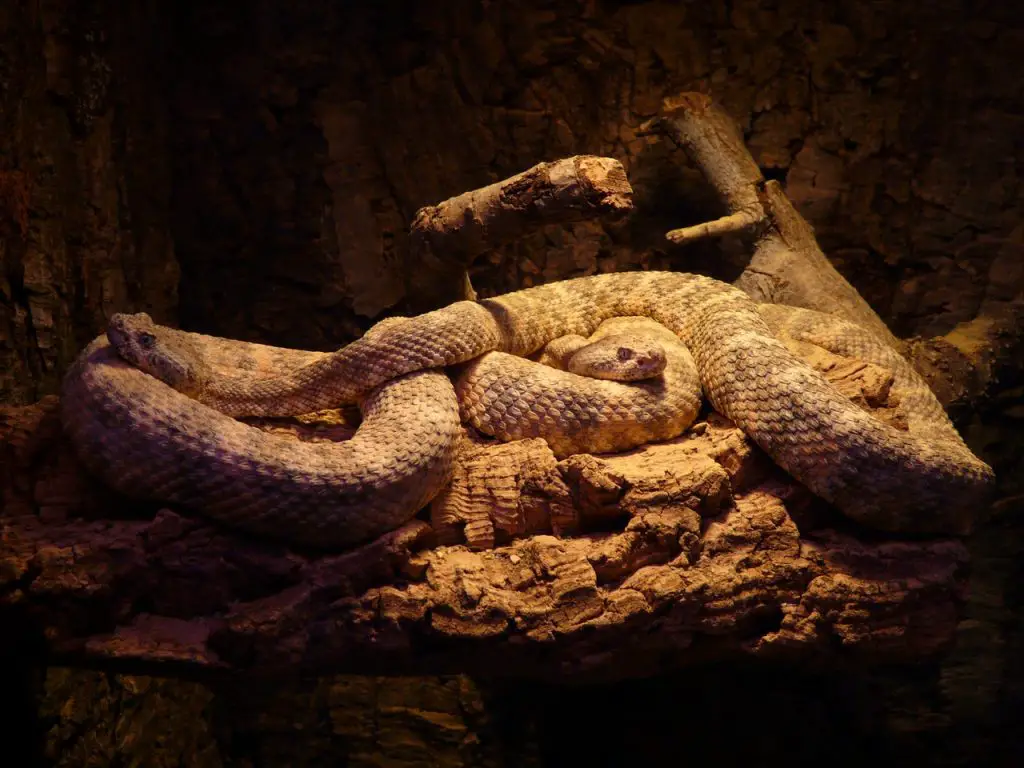
How Long Does A Baby Snake Take to Become an Adult?
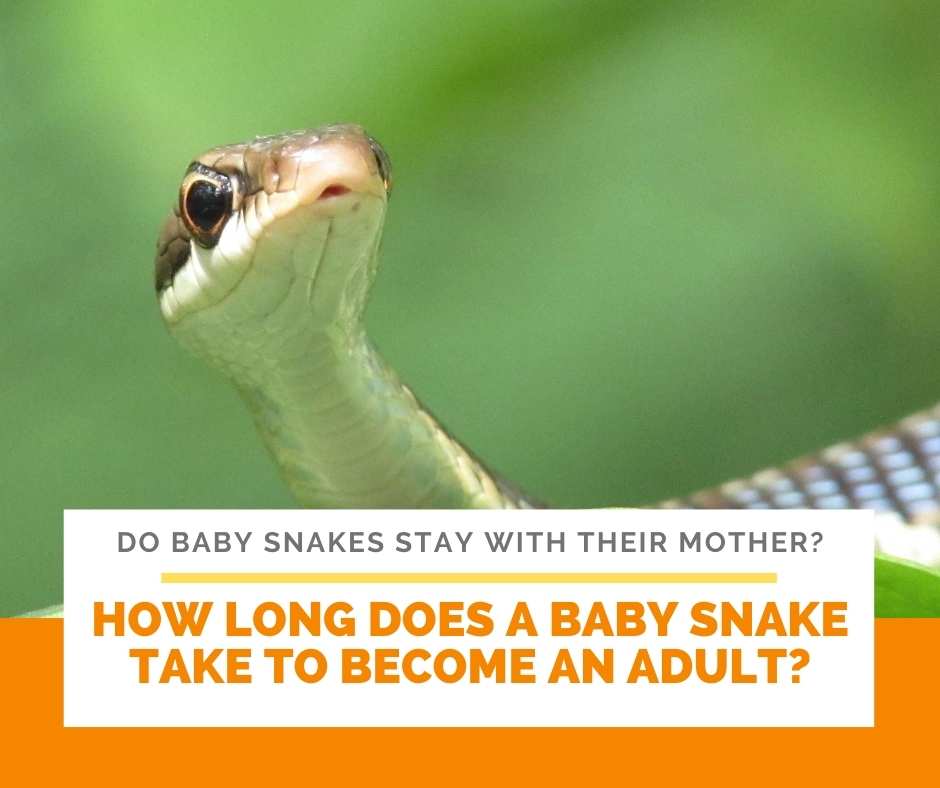
The tendency for baby snakes to grow to an adult depends on the specie. Most snakes develop faster when you feed them well. It takes a baby snake roughly six months to a year before they become grown.
The growth level of different varieties of snakes varies until reaching adulthood. But, most snakes take from one to three years to reach breeding size. Usually, snakes have their adult growth in 4 or 5 years. Snakes continue to grow larger but very slowly throughout their lives.
However, because you got a small snake and you’re thinking about when it’s going to get big. You only need to give the baby snake the food requirements they need! And watch them grow as much as you least expect it.
Snakes that Stay with their Young
Do baby snakes stay with their mother? We have just known that snakes have little or no parental guidance. There are still few snakes that take care of their young and guard them off, predators.
Rattle Snake
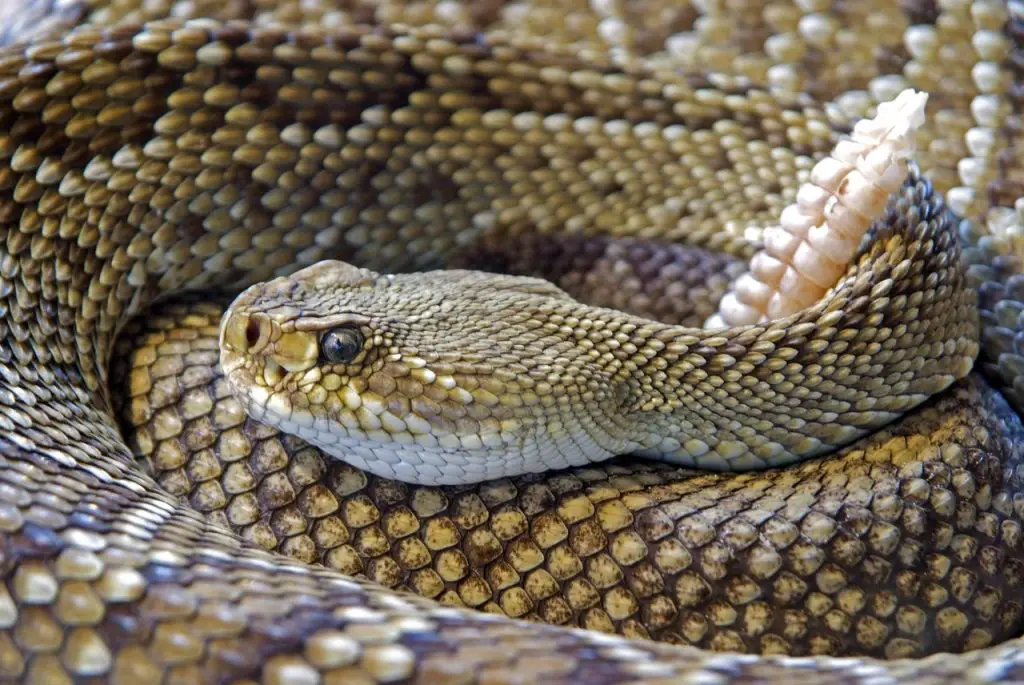
Rattlesnake mothers are very protective of their young. They stay with the newly birthed snakes and keep them off predators until their first skin shed, which takes about a week. After the first skin shed, the young snakes disperse and begin to explore life on their own.
Clutches of various species of baby snakes, including the young rattlesnakes, stay together without their mothers. They do this to generate heat, and for warmth, this is most important during unfair weather conditions.
King Cobra
These snake species, although they are known as the world’s most poisonous snakes, yet they don’t joke with their young.
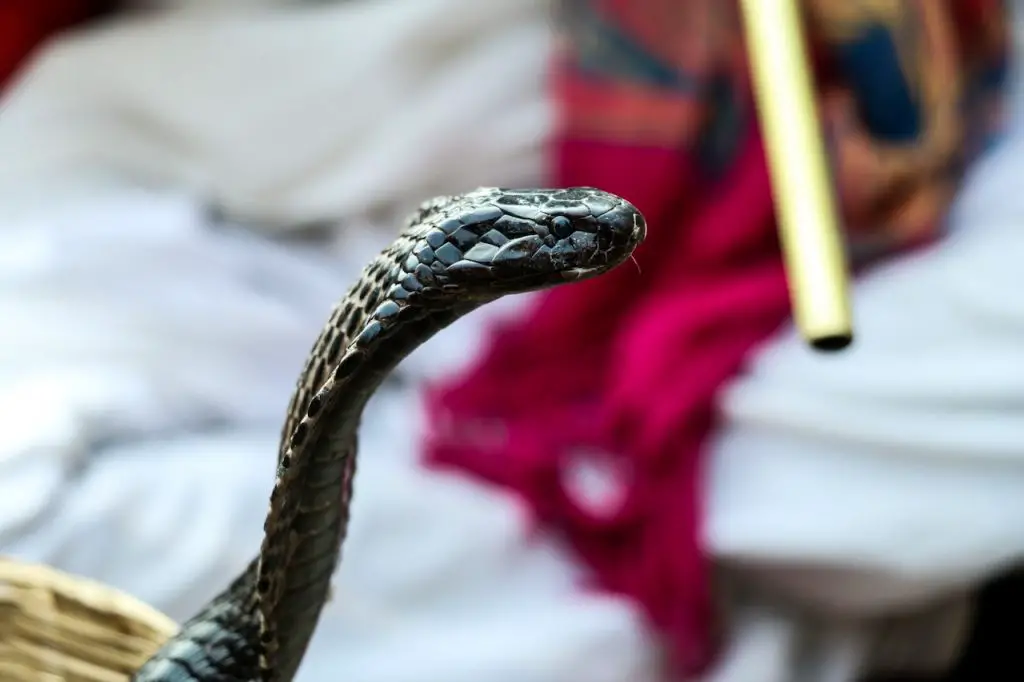
They are oviparous snakes that have clutches of over 20-40 eggs. After they lay their eggs, they wrap their body to scoop up a heap of dirt. They do this until they make a two-step nest on the damp hidden spot.
The King cobra nests consist of dead foliage and decomposed leaves. However, high decaying temperatures incubate these eggs. These female cobras pay close attention to their eggs.
Once the female king cobra finishes with the building the nests, they hide their eggs under larger leaves. It is interesting to note the father of these eggs also stays around the environment to provide more protection. The eggs lay on the low step of the nests while the female stays above and watches her developing eggs.
Whenever the predator comes, she pops out her head to strike. The king cobra does not leave her eggs until they hatch. When the babies hatch, they depart from their nests and begin to look after themselves.
Pythons
These are snakes that are known for providing parental care for their hatchlings. All species of pythons are oviparous snakes. They coil around their clutch eggs throughout the incubation period until they hatch.
Mother pythons clutch their eggs for up to 62 days of laying eggs. If they are at a moderate temperature, they barely shiver and lose 5% of their body weight. These snake species stay with their young for as long as five months.
Vipers
You can find it difficult to believe because these snakes are aggressive and violent to care for their young.
Sometimes, these snakes leave the babies in their hiding place to sunbath till a specific temperature. After that, it returns to the clutches coils around them and transfers the warmth.
These species, just like the rattlesnakes, guard their young until their first skin shed.
The mother snake will not be able to feed these snakes because snakes swallow their food whole. After the first shed, the baby snake disperses and starts to hunt food.
Other Snakes
Some other snakes that are known to provide protection and guidance to their eggs in the wild are;
- Mud and rainbow snakes
These snakes spend most of their time in the water, but they lay their eggs and clutch them on land.
- Mexico Black Snakes
These snakes watch their babies in colonies, and they stay on sandstones.
- Other Elapids, these include the gratis, maybe some sea snakes and terrestrial snakes. They are also known to guard their young for a few months.
- Other cobra species
These cobras are the Shield-nosed Cobras and also some Asian species. But unlike the King Cobras, they do not build nests. They dig holes to lay eggs, or they build up existing to make it larger.
Parental guidance exists in snakes. However, most of them, still to be discovered. And this could be a result of trying to find snake nests and observing their behavior with their babies.
What do Baby Snakes Eat?
We are talking about baby snakes here, so hey! You are not going to throw a whole rat to the throat. These snakes are tender, so they require food that is less their size.
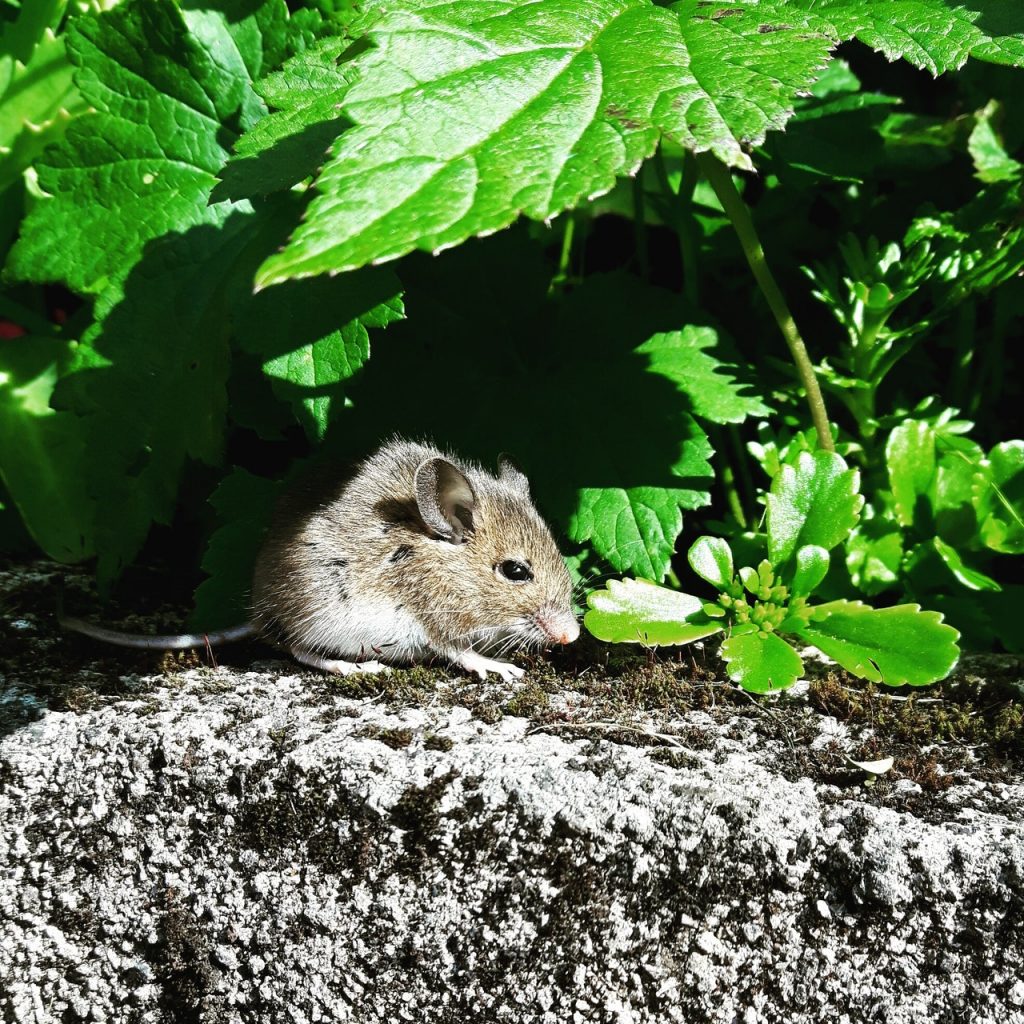
Baby snakes consume the same diet as their adult counterparts, which varies depending on the species of snake. In the wild, baby snakes will typically eat insects, lizards, and small mammals. Some species of snakes are also known to eat other snakes.
Baby Corn snakes are very tiny when they hatch, so they feed on newborn rats or mice commonly known as pink.
Baby water snakes feed on baby fish, frogs, and little invertebrates. Snakes like baby garter snakes feed on worms, small fish, and slugs.
In captivity, baby snakes can be fed a diet of pre-killed or live mice. Smaller prey items are simply easier for them to catch and digest. It is important to ensure that the prey items are small enough that the snake can comfortably consume them.
If you are unsure what size food items to provide, it is best to err on the side of caution and go with smaller prey. Baby snakes generally eat more frequently than adults, so they may need to be fed every few days. With proper care, baby snakes can grow quickly and be just as healthy as their adult counterparts.
In the wild, baby snakes typically stay close to their mothers for the first few months of life, but will eventually strike out on their own in search of food and shelter.
However, it is not uncommon for baby snakes to remain with their mother until they reach sexual maturity. Although most baby snakes are born alive, some species lay eggs that must be incubated before hatching. Once hatched, baby snakes are typically able to fend for themselves and do not receive any additional care from their mother.
How do Baby Snakes Find Food in the wild?
As soon as the mother snakes disperse, the baby snake wonders off to fend for themselves. They go under grasses, shrubs, and bushes where they feel safe. They don’t go far from where they hatch.
Some Mother snakes like the anaconda snakes feed on her unhatched eggs. She may even feed on her babies too! The other baby anacondas wander off to hunt food themselves.
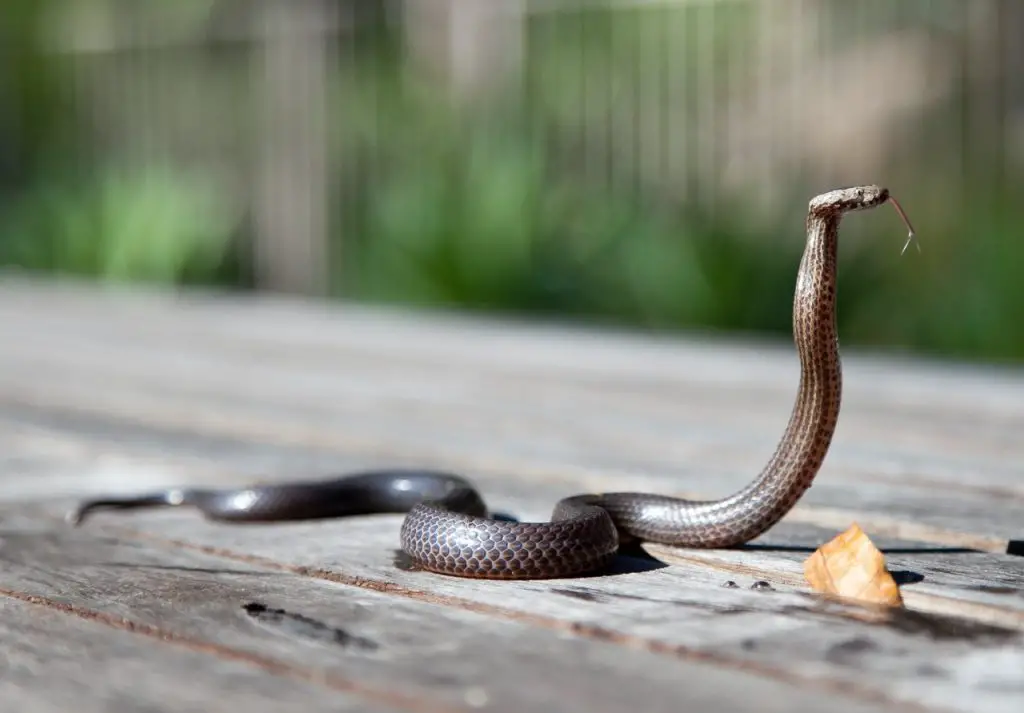
They usually yawn to align their jaw. The baby snakes explore on shrubs, and they try to stay away from predators that will eat them. Baby snakes will start going off to the open when they shade off their skin for the first time.
Conclusion
Baby snakes fend for themselves right after they are hatched or born live. They learn to hunt and explore after receiving little or no parental guidance from the mother snake.
However, snakes are independent and authoritative creatures. I hope I answered the question: do baby snakes stay with their mother.
